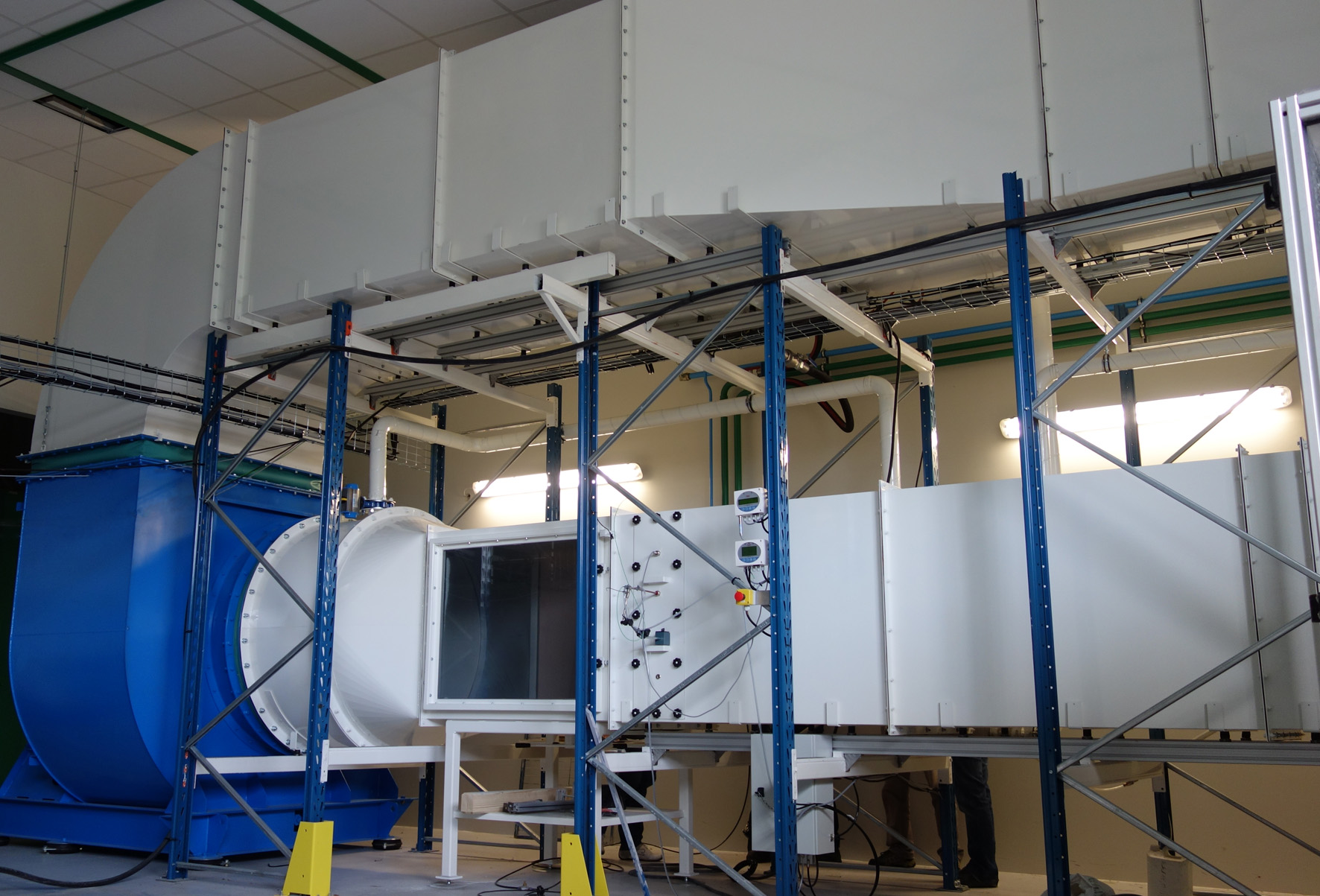Dust testing is a process used to measure the amount of dust and other particles that are present in the air. It is an important part of air quality testing, which is used to ensure that the air we breathe is safe and healthy.
Dust testing is often used in industrial settings, as well as in residential homes or other buildings. Dust testing can help identify potential air quality problems, such as high levels of dust, mold, pollen, and other allergens.

Image Source: Google
Additionally, it can help identify sources of dust, such as construction sites or factories. This guide will provide an overview of the dust testing process and its benefits.
Dust testing is a process that measures the amount of dust and other particles in the air. It is typically done using a specialized instrument called a dust sampler. The dust sampler collects particles from the air and then measures the concentration of dust in the sample.
The results are then used to determine the level of air quality in a given area. Dust testing can be used to monitor the air quality of a building, workplace, home, or other area.
Benefits of Dust Testing
Dust testing is an important part of ensuring air quality. It can help identify potential sources of dust, such as construction sites or factories, and can help identify high levels of dust, mold, pollen, and other allergens.
Additionally, dust testing can be used to monitor air quality over time, which can be useful in determining whether changes are needed to improve air quality. Finally, dust testing can help identify potential health risks associated with air quality, such as respiratory problems.
